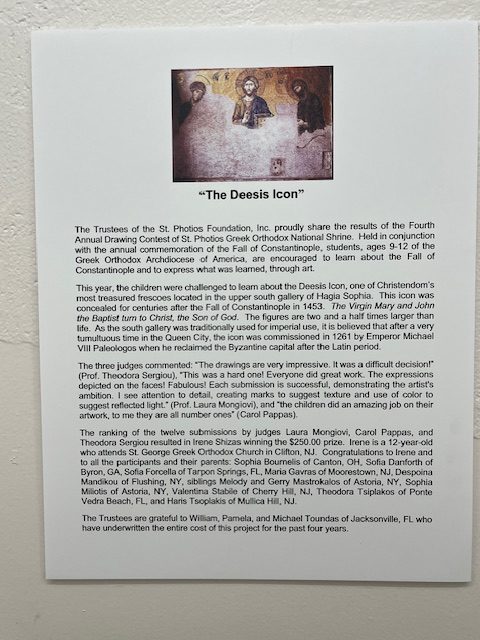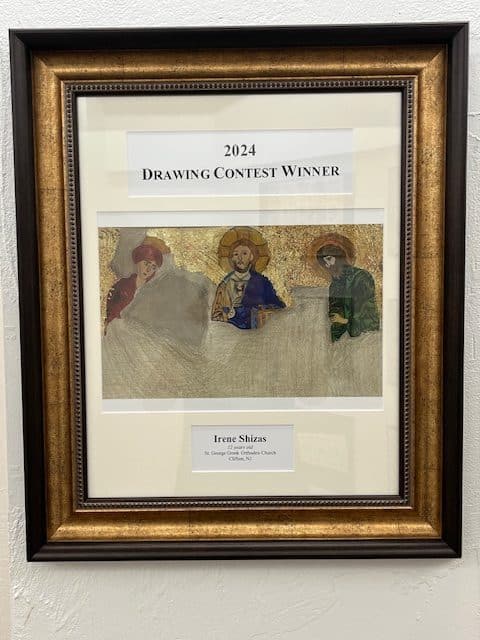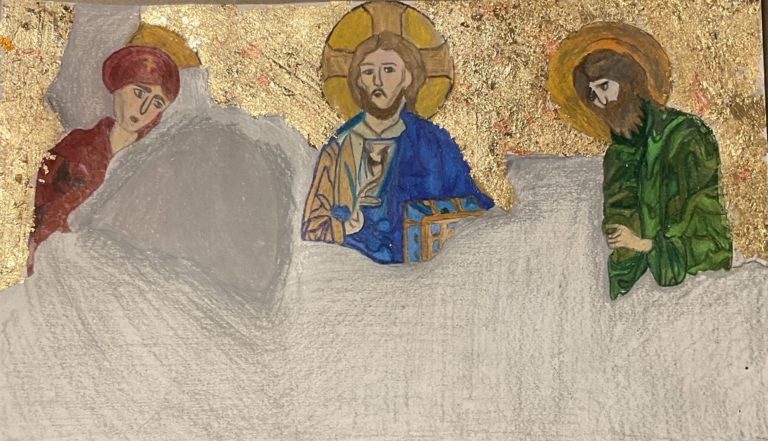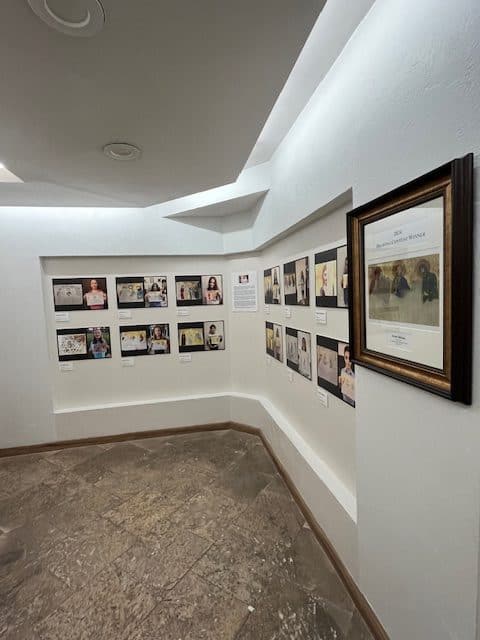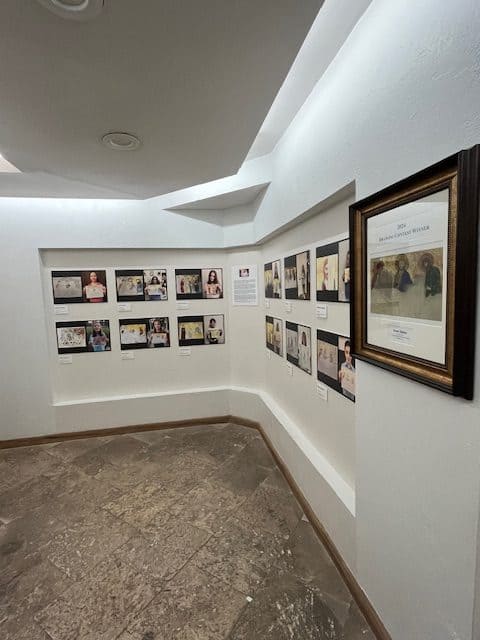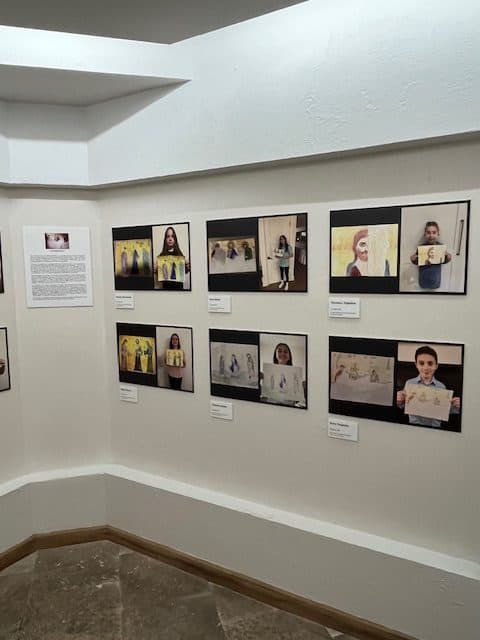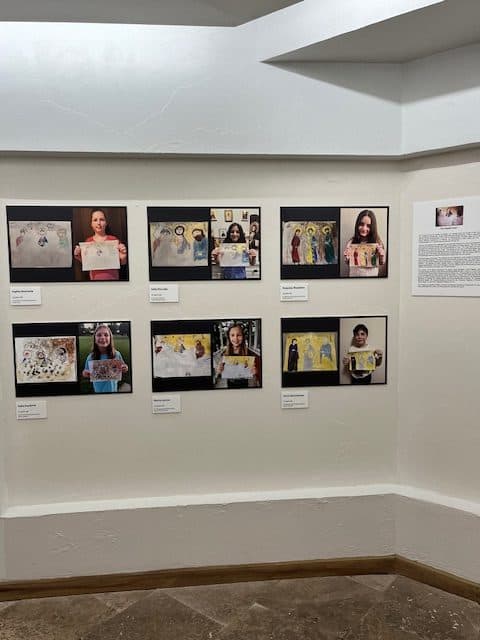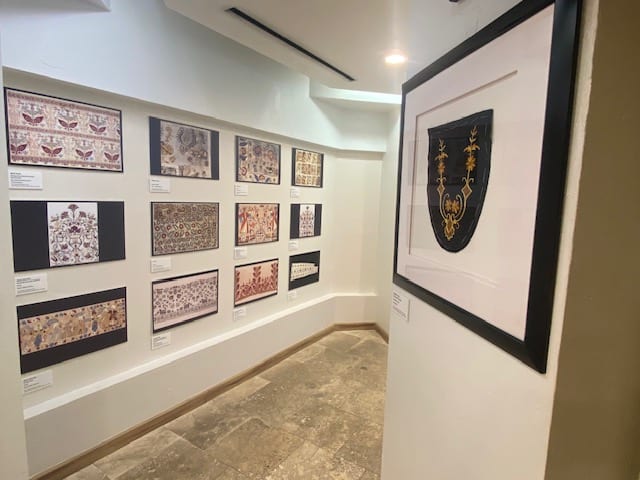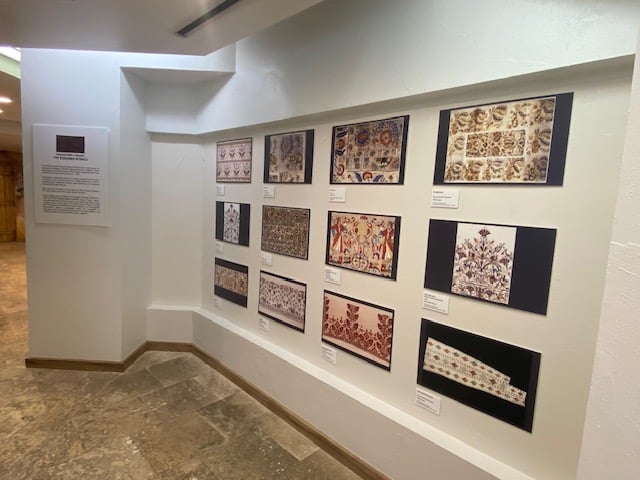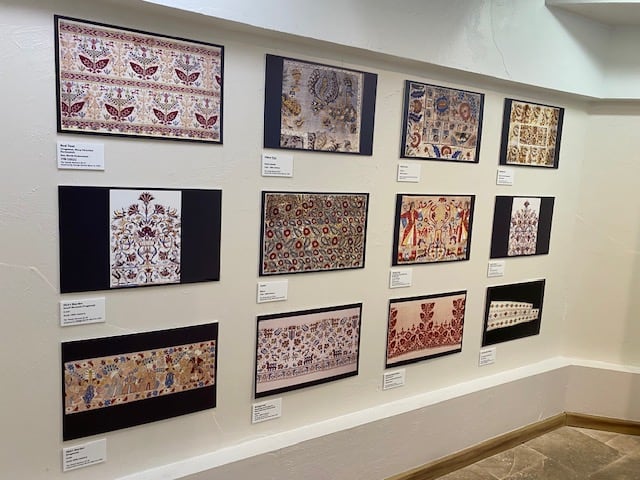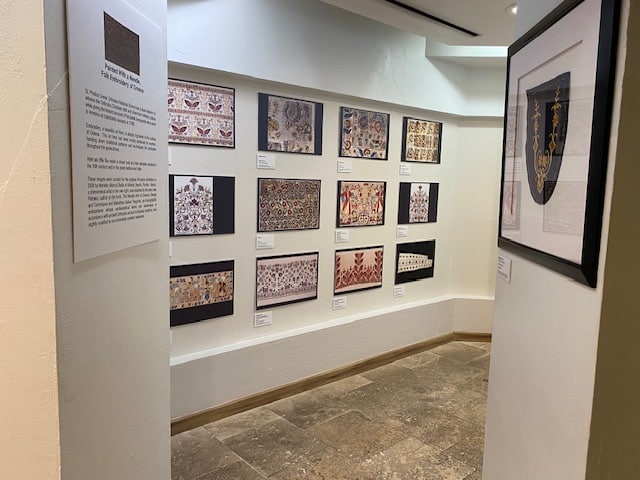Archbishop Athenagoras Exhibit
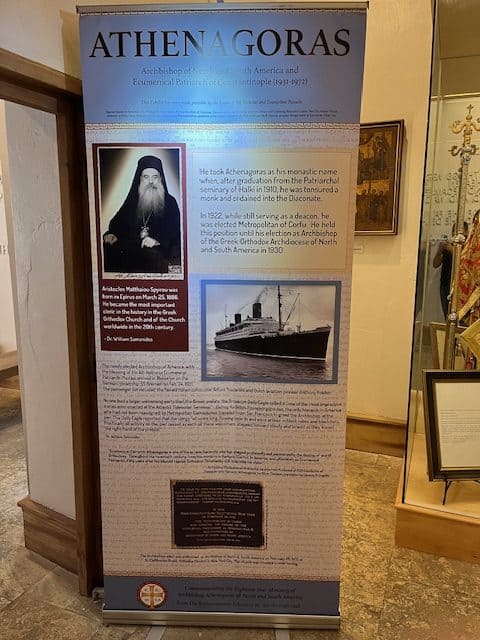
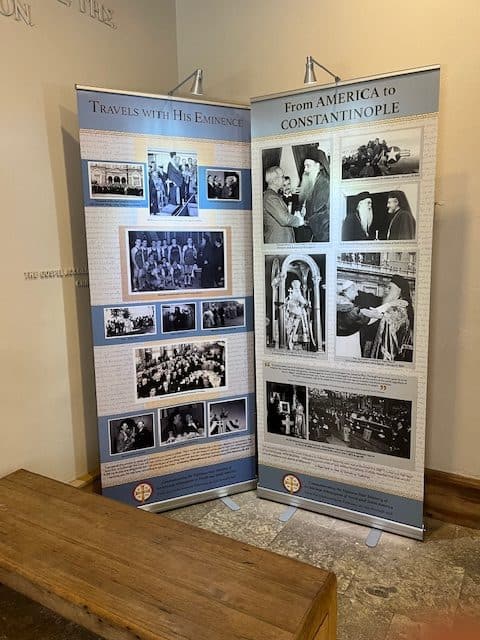
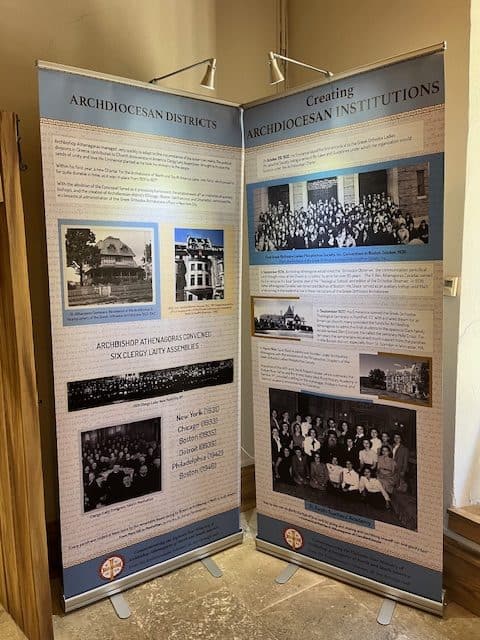
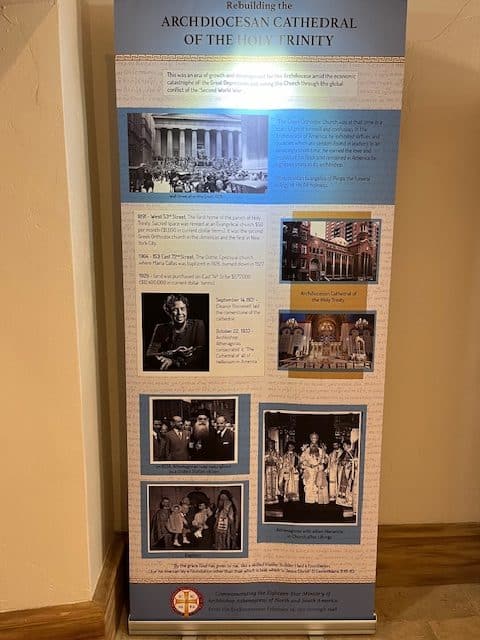
2024 Children's Drawing Contest
St. Augustine, FL: The Trustees of the St. Photios Foundation, Inc. proudly share the results of the Fourth Annual Drawing Contest of St. Photios Greek Orthodox National Shrine. Held in conjunction with the annual commemoration of the Fall of Constantinople, students, ages 9-12 of the Greek Orthodox Archdiocese of America, are encouraged to learn about the Fall of Constantinople and to express what was learned, through art.
This year, the children were commissioned to learn about the Deesis Icon, one of Christendom’s most treasured frescoes located in the upper south gallery of Hagia Sophia. This icon was concealed for centuries after the Fall of Constantinople in 1453—the Virgin Mary and John the Baptist turn to Christ, the Son of God. The figures are two and a half times larger than life. As the south gallery was traditionally used for imperial use, it is believed that after a tumultuous time in the Queen City, the icon was commissioned in 1261 by Emperor Michael VIII Paleologos when he reclaimed the Byzantine capital after the Latin period.
The three judges commented: “The drawings are very impressive. It was a difficult decision!” (Prof. Theodora Sergiou), “This was a hard one! Everyone did great work. The expressions depicted on the faces! Fabulous! Each submission is successful, demonstrating the artist’s ambition. I see attention to detail, creating marks to suggest texture and use of color to suggest reflected light.” (Prof. Laura Mongiovi), and “the children did an amazing job on their artwork, to me they are all number ones” (Carol Pappas).
Digital prints of the 8 x 10 originals will be exhibited in the St. Photios Museum special exhibit area through May 31, 2025.
The ranking of the twelve submissions by judges Carol Pappas, Laura Mongiovi, and Theodora Sergiou resulted in Irene Shizas as the winner of the $250.00 prize. Irene is a 12-year-old who attends St. George Greek Orthodox Church in Clifton, NJ. Congratulations to Irene and to all the participants and their parents: Melody and Gerry Mastrokalos of Astoria, NY, Maria Gavras of Moorestown, NJ, Theodora Tsiplakos of Ponte Vedra Beach, FL, Valentina Stabile of Cherry Hill, NJ, Sophia Miliotis of Astoria, NY, Haris Tsoplakis of Mullica Hill, NJ, Sofia Forcella of Tarpon Springs, FL, Sophia Bournelis of Canton, OH, Despoina Mandikou of Flushing, NY, Irene Shizas of Wayne, NJ and Sofia Danforth of Byron, GA.
The Trustees are grateful to William, Pamela, and Michael Toundas of Jacksonville, FL who have underwritten the entire cost of this project for the past four years.
Painted With a Needle, Folk Embroidery of Greece
St. Photios Greek Orthodox National Shrine has a dual mission: to witness the Orthodox Christian faith and share the Hellenic culture while giving the historic account of the Greek immigrants who came to America as indentured servants in 1768.
Embroidery, a beautiful art form, is deeply ingrained in the culture of Greece. This art form has been mostly practiced by women, handing down traditional patterns and techniques for centuries throughout the generations.
Here we offer the visitor a closer look at a few samples created in the 18th century and in the years before and after.
These images were curated for the original 48-piece exhibition in 2008 by Marietta (Marcy) Ballis of Atlantic Beach, Florida. Marcy, a phenomenal artist in her own right, was inspired by the late Joan Petrakis, author of the book, The Needle Arts of Greece: Design and Techniques and Matushka Galina Tregubov, an iconographic embroiderer whose ecclesiastical items are handmade in accordance with ancient Orthodox art and in Russian tradition, only slightly modified to accommodate modern materials.

